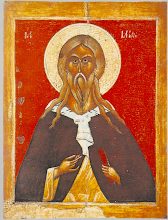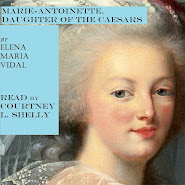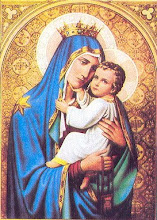In the Catholic view of things, faith and reason are mutually compatible, although through faith we are able to know things that we could not know by reason alone. Hence, faith is both reasonable and transcends reason, just as grace builds on nature but also transcends it. Reason shows us that what God has revealed is compatible with nature. In other words, God is not arbitrary. The natural law written in our hearts is confirmed by supernatural revelation not contradicted by it....
Among Catholics there is much confusion as to the precise meaning of the Virgin Birth. It is not to be confused with the Virginal Conception of Our Lord. The Church, from the earliest times, has articulated the Perpetual Virginity of Our Lady as pertaining to three distinct moments: before the birth of Jesus (ante partum), during the birth of Jesus (in partu), and after birth of Jesus (post partum). Virtually every time the magisterium has spoken on the subject, this threefold distinction is made. This teaching is derived from the early fathers of the Church, who maintained, defended and made the teaching a universally held truth of the Catholic Church.
The Virginity of Our Lady “before the birth of Jesus” (ante partum) refers to the Virginal Conception, namely, that Jesus was conceived in the womb of Mary by the power of the Holy Spirit, and not by the seed of man. That is fairly clear. It is also clear that the Virginity of Our Lady “after the birth of Jesus” (post partum) refers to the fact that Our Lady never had sexual relations, even after the birth of Jesus, a fact that many Protestants deny. For many Catholics, unfortunately, these two points say everything that is to be said about the Virginity of Our Lady and such Catholics proceed to explain away the Virginity of Our Lady “during the birth of Jesus” (in partu). They say that the Virginity of Our Lady in partu, just refers to her “spiritual virginity,” an idea that is contrary to magisterial clarifications. Or, they say, that the “Virgin Birth” is a misnomer for “Virginal Conception.”
But the middle moment of Our Lady’s Perpetual Virginity is real and its reality is the only viable reason why the Church would continue to insist on a threefold distinction as opposed to a twofold one. In fact, unless the Virginity of Our Lady in partu means exactly what the Fathers of the Church said it means, namely, miraculous birth, then it means nothing at all and as a statement of faith is completely superfluous and meaningless.
Theologians can speculate all they want on what does or does not belong to the essential matter of the Church’s definition of the Perpetual Virginity, but the only reason anyone would doubt that the birth of Jesus is any less miraculous than the conception is a lack of faith. People will cite this or that theologian, whose convoluted explanation of the Virgin Birth allows for a natural birth, including pain and afterbirth, but they cannot cite any ancient authorities or magisterial affirmations. They do not want to believe the full truth of the Virgin Birth because it is hard to believe—and because it is not convenient doctrine for Apologetics. (Read entire post.)
Last Will and Testament of Louis XVI
12 hours ago





















No comments:
Post a Comment